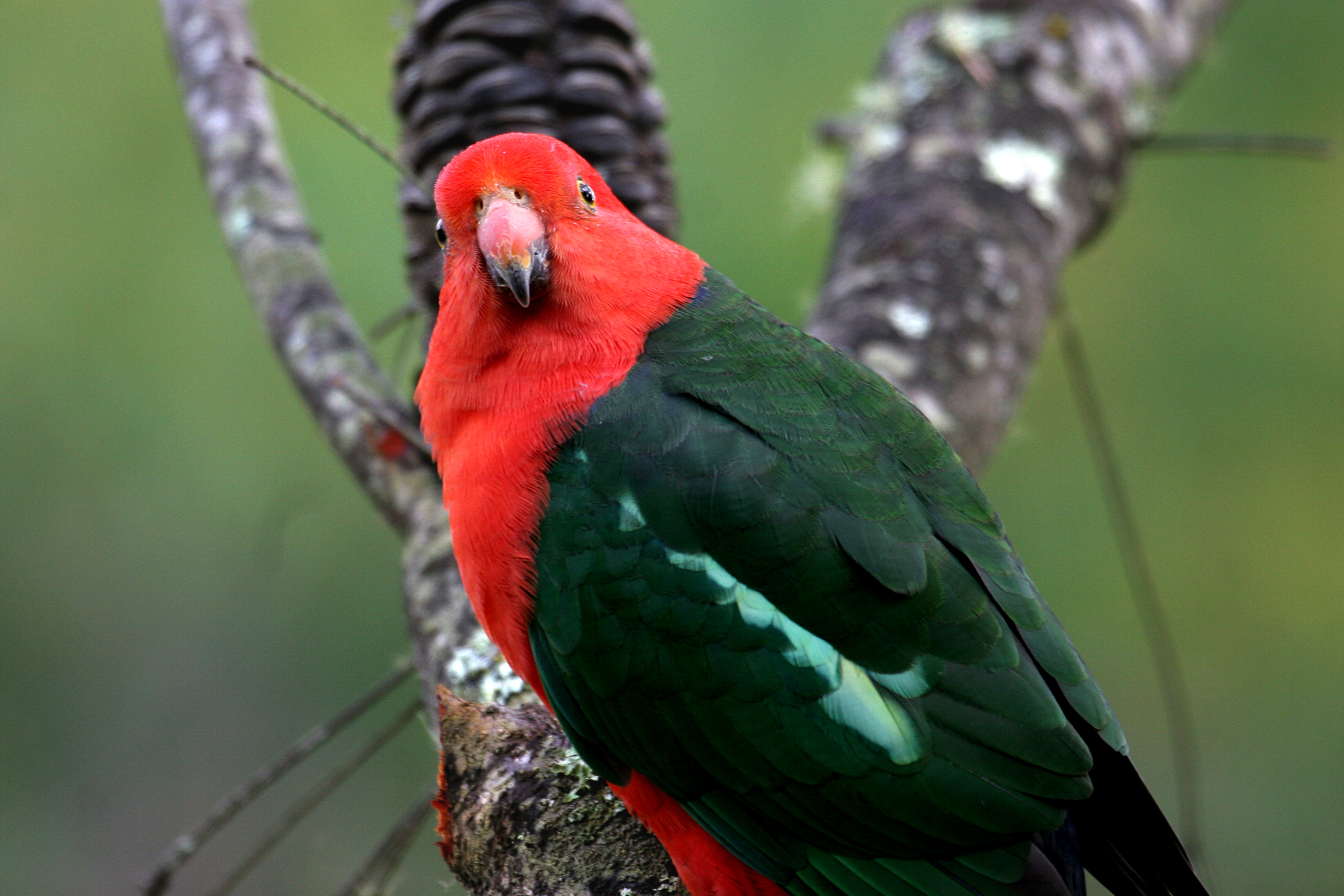Our wildlife sound archive is part of the Australian National Wildlife Collection.
With a library of more than 60 000 recordings, it is the largest of its kind in Australia and among the largest in the world.
The sound recordings dating back to the 1950s, providing useful information about animal behaviour and evolution, as well as insights into taxonomy. 
Our sound archive covers:
- birds
- mammals
- amphibians
- invertebrates.
While most of the recordings are of Australian birds, our sound archive also contains sounds from European, North American, South American and New Guinean wildlife.
Accessing the wildlife sound archive
Our sound archive is progressively being digitised. Available recordings can be discovered through the Atlas of Living Australia. Sound recordings may only be accessed by researchers and educators under strict data licensing conditions. None may be used for commercial purposes. To request access please contact us.
If you are interested in Australia's elusive night parrot you can listen to recordings here and view the open access paper here.
Our wildlife sound archive is part of the Australian National Wildlife Collection.
With a library of more than 60 000 recordings, it is the largest of its kind in Australia and among the largest in the world.
The sound recordings dating back to the 1950s, providing useful information about animal behaviour and evolution, as well as insights into taxonomy.
Our sound archive covers:
- birds
- mammals
- amphibians
- invertebrates.
While most of the recordings are of Australian birds, our sound archive also contains sounds from European, North American, South American and New Guinean wildlife.
Accessing the wildlife sound archive
Our sound archive is progressively being digitised. Available recordings can be discovered through the Atlas of Living Australia. Sound recordings may only be accessed by researchers and educators under strict data licensing conditions. None may be used for commercial purposes. To request access please contact us.
If you are interested in Australia's elusive night parrot you can listen to recordings here and view the open access paper here.
